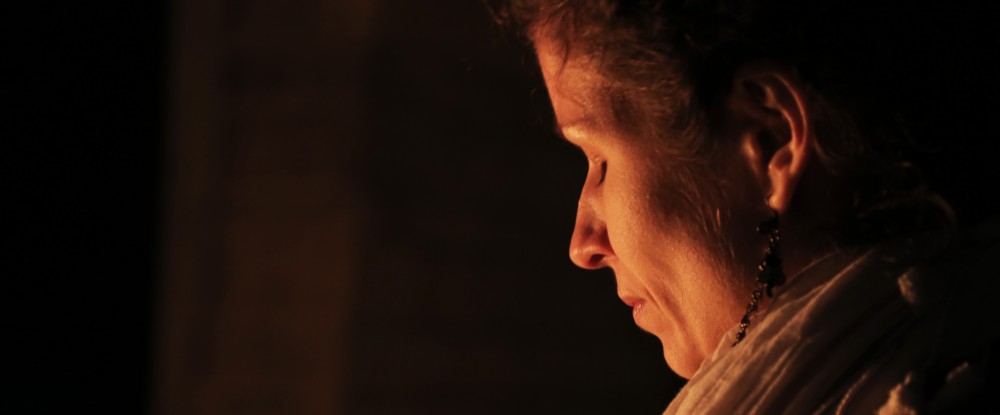After two months of interviews and focus groups, involving academics and artists/creative practitioners, last week saw the first of our working group meetings. A number of artists and academics have agreed to work with the project team to develop new resources for the design and evaluation of arts projects and museum exhibitions in ways that better recognises and demonstrates their value in terms of empathy, compassion and understanding.
The artists included a community artist/photographer; a writer/playwright; a public artist and an arts charity co-ordinator. The project team who were there at the workshop included Jackie, Janet, Ann, John, and Kimberley. At the start of the workshop, we shared some interesting quotes from the focus groups and the interviews. We asked people to choose quotes that resonated with them or particularly interested them. This led to interesting discussions about the barriers to empathy, ’empathy fatigue’, and ways that people have engaged with empathy with museum displays. One of the quotes in particular highlighted the way in which focusing on individual stories and the common everyday of experiences of people (regardless of their differences), can have the greatest impact:
…when you go in there, there is twelve artefacts in glass cabinets around the outside and it’s not your traditional sort of storytelling museum. It just said the person’s name, their age, the fact that they were married or whether they had children and then it told an anecdote about their last days and so the one that absolutely and completely got me was it said underneath one that this guy was talking to his son and he just wanted the war to be over so he could go home and have chicken and chips for his tea. And that kind of just kicks you in the chest and I think that for me is the most powerful museum exhibition I have ever seen… And I think as well if hadn’t have known where I was in the world that could have been anybody from any nationality or any religion. It didn’t force you to have those kind of stereotypes or think that happened somewhere else. It actually made you realise that is was just a normal person with a family so I think that was why it was so powerful really.
Lecturer and Research Lead: Holocaust Archaeology
Ann then gave a 20 minute presentation about the emerging research findings. We want the new tools and approaches to be informed by the research, and so an important part of the workshops is sharing and discussing the findings. Various evaluation techniques linked to empathy and compassion (quantitative and qualitative) have been mentioned by participants and some of these were also shared and discussed. We had an interesting discussion about whether it might be possible to adapt some of the measurement tools that are used in the field of health to apply them to arts projects. There is a certain resistance to doing this, which is not surprising given the context of the work, particularly with the focus on storytelling, which would strongly suggest qualitative approaches. One of the participants had been involved an arts project about Stoke-on-Trent and Lidice, which prompted unsolicited submissions of poetry from audiences about their response to the story. The idea of people adding their own new stories in response to an arts project is clearly hugely valuable and appealing. However, at this stage we’re considering a wide variety of approaches to evaluation, and are ruling nothing out.
A point that has been strongly made throughout the project is that of the value of artists actually setting aside time to discuss and reflect upon important issues that impact on their practice (like empathy and compassion). It was noted that this could be done both in an online setting and face to face (with cake – an essential part of our meetings!). Such opportunities for interaction could certainly be part of an on-going strategy to explore the value of arts and culture in relation to empathy, compassion and understanding.
Jackie Reynolds

